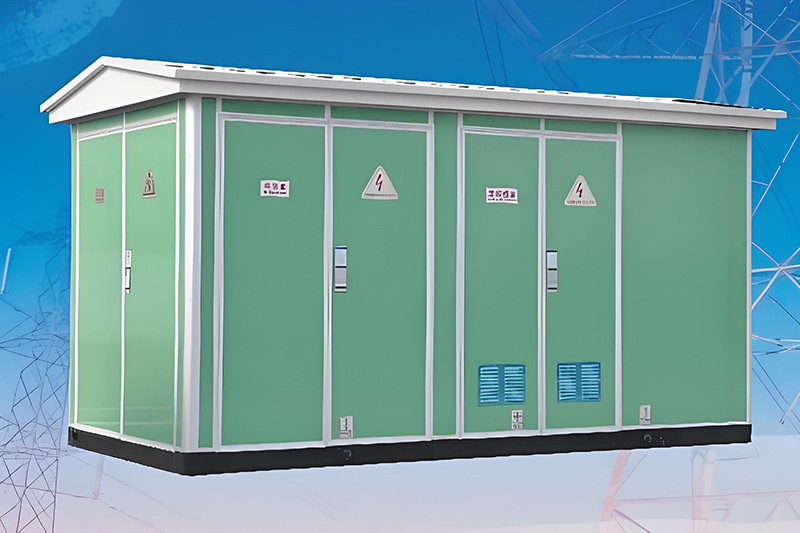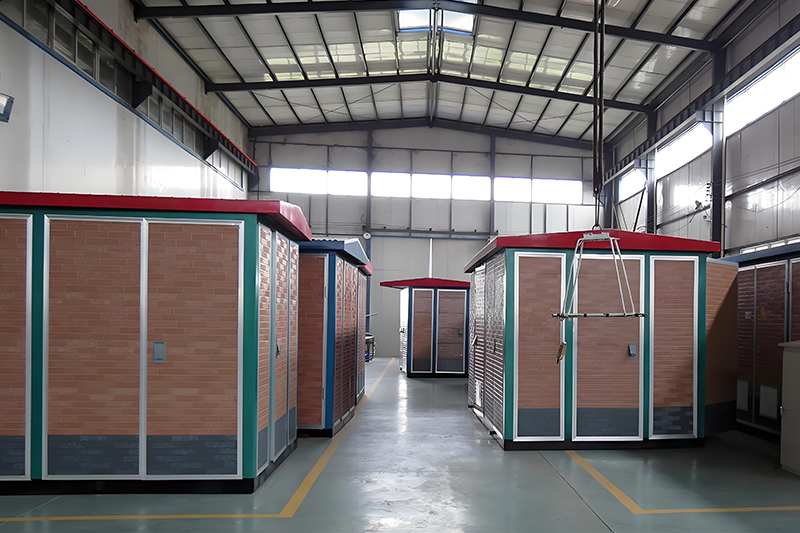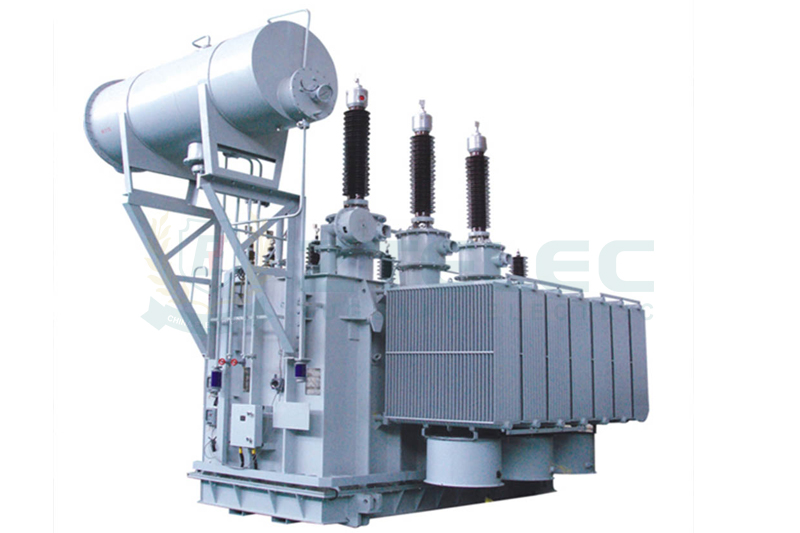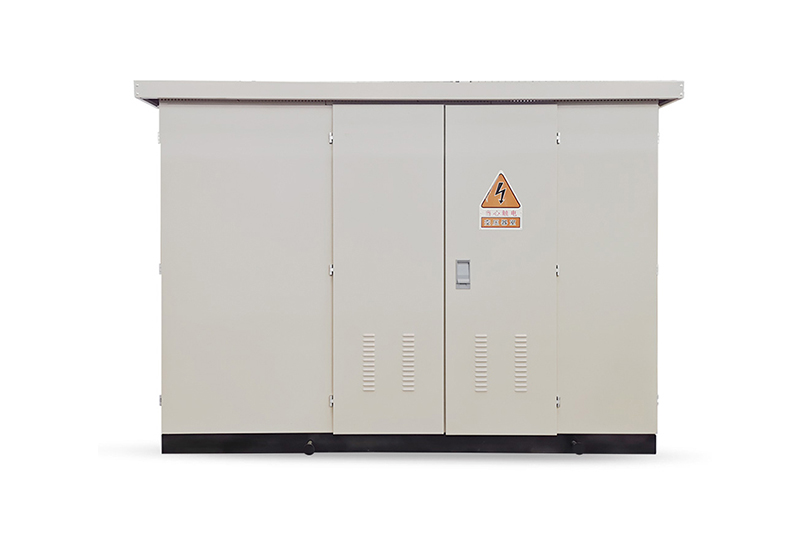Cost Analysis of European-Style Prefabricated Substations: Initial Investment and Full Life-Cycle Value
Time:2025-09-30 Auther:ZTelec-www.ztelectransformer.com
European-style prefabricated substations are widely recognized for their compact structure, environmental benefits, and quick installation. This analysis explains why choosing a high-quality substation with a slightly higher initial investment can deliver significantly greater value over its entire service life compared with cheaper alternatives.

Initial Investment Cost of European-Style Prefabricated Substations
Initial investment refers to one-time or short-term expenditures at the start of a project. Major factors include:
Equipment Procurement Cost
Core components such as high-voltage switchgear, transformer, and low-voltage switchgear largely determine cost. Transformer type and capacity (S13, S15, SH16 amorphous alloy) are key cost drivers. Enclosure material selection—metal or non-metal—affects durability and appearance. Brand and manufacturing quality also influence upfront price, reliability, and lifespan.
Installation and Commissioning Costs
Most assembly and testing of European substations are completed in the factory. On-site work is limited to construction basics, hoisting, cabling, and testing. This reduces construction time by 40–60%, lowers labor costs, and improves safety. Overall, the initial investment may be similar to traditional substations but provides added value by saving land and speeding deployment.

Full Life-Cycle Value of European-Style Prefabricated Substations
Life-cycle assessment over 20–30 years highlights the long-term advantages of prefabricated substations in terms of operating, maintenance, and expansion costs.
Operating Costs
Transformer efficiency directly impacts long-term savings. High-efficiency amorphous alloy transformers may cost 10–20% more initially but reduce no-load losses dramatically, often recovering costs in 3–5 years. Improved ventilation and cooling also cut auxiliary energy consumption by 15–25% annually.
Maintenance Costs
Premium substations with high protection ratings (≥ IP23) resist dust, moisture, and salt damage, keeping annual failure rates below 0.1 times. Modular design enables quick maintenance and replacements, while integrated monitoring prevents faults and unexpected downtime, reducing labor and maintenance expenses.
Failure Costs
Unexpected outages can cause production losses, business interruptions, and customer complaints—often 5–10 times the equipment value. High-quality prefabricated substations minimize such risks, protecting enterprises from hidden costs.
Flexibility and Expansion Costs
Prefabricated substations support modular expansion to meet growing power demand, costing only 1/4–1/3 of constructing a new civil substation. They can also be relocated without major reconstruction, offering unmatched flexibility.
When choosing a European prefabricated substation, enterprises should not focus solely on initial price. A cheaper solution often results in higher electricity bills, frequent maintenance, and hidden failure costs within 5–10 years. True cost-effectiveness lies in long-term performance. Investing in advanced, reliable, and energy-efficient substations ensures stable operation, lower risks, and substantial savings, aligning with smart grid and sustainable development goals.




